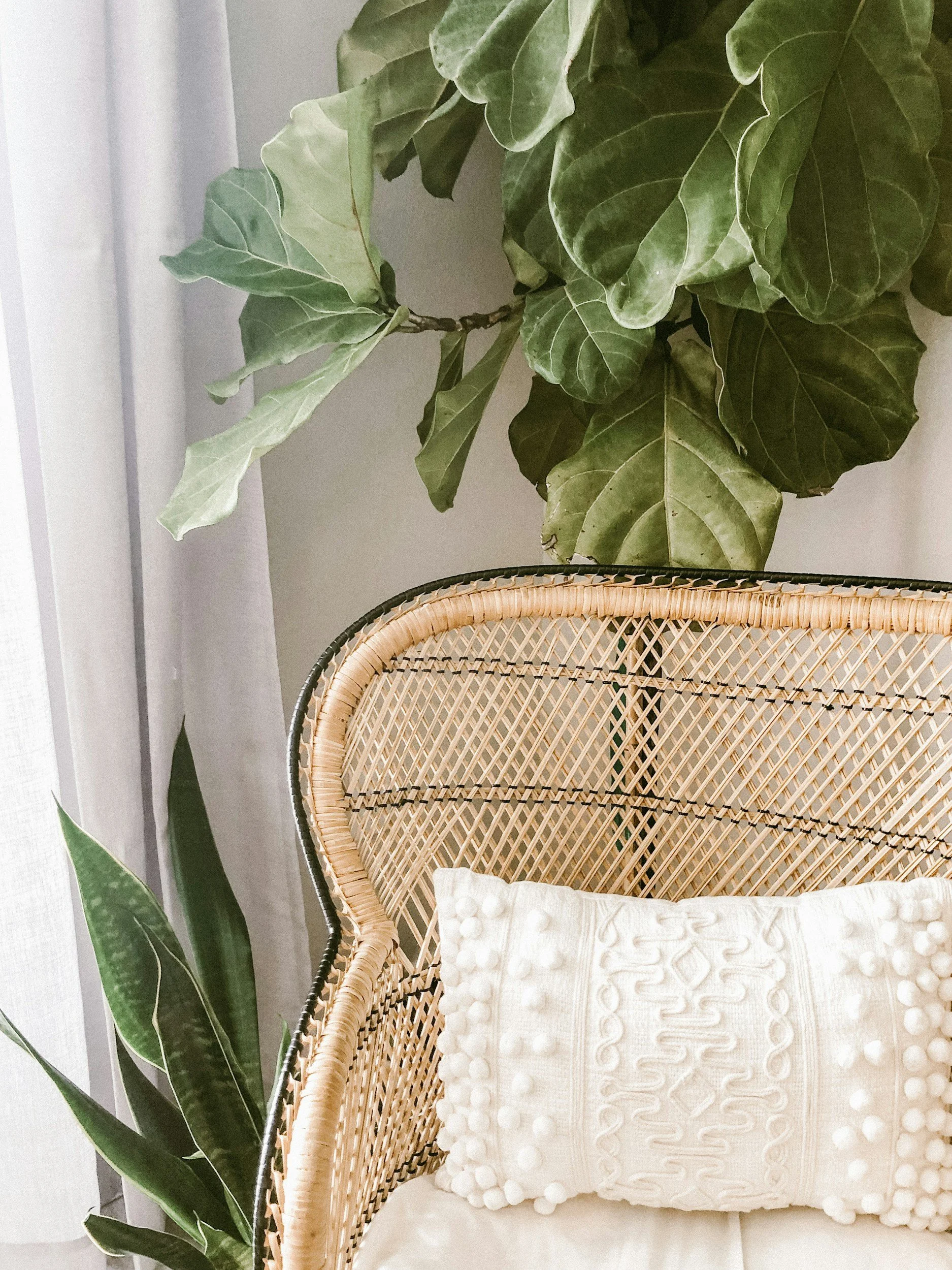Designing Therapeutic Spaces: Exploring Different Styles and Aesthetics
As a therapist who also practices interior design, I’ve come to appreciate the profound impact that physical space can have on the therapeutic process. The right environment can enhance comfort, foster connection, and even influence the effectiveness of therapy. Let’s explore some design styles and aesthetics that can be particularly beneficial for therapeutic spaces.
1. Minimalist Design: Less is More
Minimalism emphasizes simplicity, using a pared-down color palette, clean lines, and uncluttered spaces. This design style can be particularly effective in therapy settings where the goal is to reduce distractions and create a sense of calm. By eliminating excess, a minimalist environment allows clients to focus on the therapeutic process.
Key Elements:
• Neutral color schemes, like whites, beiges, and soft grays.
• Simple, functional furniture.
• Open, uncluttered spaces with limited decorative elements.
This style can be ideal for clients who feel overwhelmed by stimuli or who benefit from a serene, orderly environment.
2. Biophilic Design: Bringing Nature Indoors
Biophilic design integrates natural elements into the built environment, which can enhance a sense of well-being. For therapy spaces, incorporating plants, natural light, and natural materials like wood and stone can help create a soothing atmosphere. This connection to nature has been shown to reduce stress, improve mood, and increase comfort.
Key Elements:
• Abundant natural light.
• Indoor plants and green walls.
• Use of natural materials such as wood, stone, and water features.
This style is particularly beneficial for clients who find solace in nature or for those working on grounding and mindfulness techniques.
3. Modern Farmhouse: Warmth and Comfort
Modern farmhouse design combines the rustic charm of farmhouse aesthetics with the clean lines of modern design. This style offers a warm, welcoming environment that feels both familiar and updated. For therapy spaces, this can create a homey, non-clinical feel that helps clients feel safe and at ease.
Key Elements:
• A mix of old and new, such as reclaimed wood with contemporary furniture.
• Warm, earthy color palettes with pops of color.
• Cozy textiles like wool rugs, throw blankets, and cushioned seating.
This aesthetic can be particularly appealing to clients who appreciate a down-to-earth, comforting environment.
4. Mid-Century Modern: Timeless and Sophisticated
Mid-century modern design is characterized by clean lines, organic curves, and a focus on functionality. It has a timeless quality that can evoke both nostalgia and a sense of modernity. For therapy spaces, mid-century modern can create a sophisticated yet approachable atmosphere.
Key Elements:
• Furniture with tapered legs and organic shapes.
• Use of bold colors like mustard yellow, teal, and olive green.
• A mix of natural and man-made materials, such as wood, glass, and metal.
This style may appeal to clients who enjoy a balance of style and substance, offering an environment that feels both professional and comfortable.
5. Eclectic Design: Personalized and Creative
Eclectic design is all about mixing and matching different styles, periods, and influences to create a unique, personalized space. In a therapeutic setting, an eclectic style can reflect the therapist’s personality and make the space feel more relatable and human.
Key Elements:
• A diverse mix of textures, patterns, and colors.
• Incorporating art, collectibles, and personal items.
• Layering different design elements in a cohesive way.
This approach can be particularly effective for clients who thrive in creative, non-traditional environments or who appreciate a space that feels distinctly unique and inviting.
6. Scandinavian Design: Cozy and Functional
Scandinavian design is known for its focus on simplicity, functionality, and comfort. With its emphasis on natural materials, light colors, and cozy elements, this style can create a calm and inviting space for therapy.
Key Elements:
• Light, neutral color palettes with touches of muted colors.
• Natural materials like wood, wool, and leather.
• Emphasis on natural light and cozy elements like throws and cushions.
This style can be particularly soothing for clients who appreciate a bright, airy space that still feels warm and welcoming.
Choosing the Right Style for Your Practice
When designing a therapy space, it’s essential to consider the needs and preferences of both the therapist and the clients. The style you choose should align with your therapeutic approach and the atmosphere you want to create. Whether you opt for the clean lines of minimalism, the warmth of modern farmhouse, or the creativity of eclectic design, your space should ultimately serve as a supportive environment for healing and growth.
Remember, the most important aspect of any therapeutic space is how it makes your clients feel. A well-designed room can be a powerful tool in the therapeutic process, fostering connection, safety, and transformation. As both a therapist and an interior designer, I encourage you to explore different styles and find what resonates most with you and your clients.




